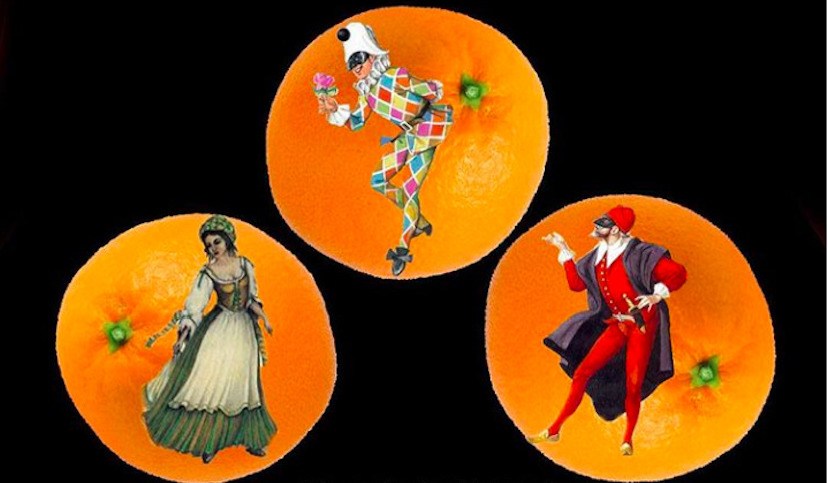Trigger warning: highly offensive, racist, sexist, and derrogative post in every way, 100% nazi. If you read till here, you should be offended already and leave.
With rampant leftists marching cancel culture to crumb down on every liberty, basic morality, aesthetic beauty, and possibility of people to acknowledge any authority out there beside the US (or China) federal government (like God or something), the cultural war is heating up not only in the America but in other countries, even including culturally stable Italy. For the first time in over a century, Vatican decided to say at least a little something in the mainstream culture war. Unfortunately, Vatican only showed up in town already after both Catolic and Protestant churches had failed Western sociaties on all levels for over a century, so best of luck to them in regaining spiritual authority. However, the sleeping dragon of the sane colorblind majority who worships logic and the natural law isn’t sleeping any more. During the pandemic even some of the most politically neutral people had joined one of the two campuses. More and more I hear from people around the world that they are scared to say their opinions out loud because of cancel culture should they oppose sexualisation and politicization of school students. What left doen’t understand is that when kids are involved, the mothers are coming along. In MAGA hats and in F-15s if that is what it takes to protect our kids, our homes, and our future. This article is about where the roots of socialist indoctrination begin. And I’ll say it to all the parents who fight their school boards over CRT and sue their spa salons over completely naked men running around little girls’ locker rooms:
S-T-O-P LISTENING, PURCHASING, PLAYING, SINGING, COMPOSING, ARRANGING, RECORDING ANY SONG THAT HAS 4/4 (or 2/4) PERCUSSION BEAT IN IT.
Continue reading




 The whimsical score of the fairytale avant-garde opera “The Love to the Three Oranges” by Serge Prokofiev (composer and librettist) combines the elements of tragedy, comedy, fantasy and romance in the surrealistic staging. Based on the play by the Venetian Carlo Gozzi (1720-1806) “L’amore delle tre melarance”, “The Love to the Three Oranges” exhibits lavish Modernist theatrical techniques and commedia dell’arte which Prokofiev have possessed from the adaptation of Gozzi’s play by the provocative experimentalist of Russian drama theater
The whimsical score of the fairytale avant-garde opera “The Love to the Three Oranges” by Serge Prokofiev (composer and librettist) combines the elements of tragedy, comedy, fantasy and romance in the surrealistic staging. Based on the play by the Venetian Carlo Gozzi (1720-1806) “L’amore delle tre melarance”, “The Love to the Three Oranges” exhibits lavish Modernist theatrical techniques and commedia dell’arte which Prokofiev have possessed from the adaptation of Gozzi’s play by the provocative experimentalist of Russian drama theater